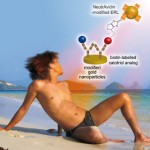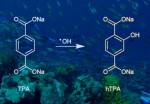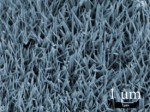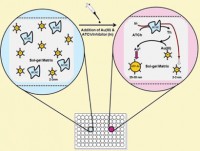
Vitamin D and its metabolites have an important role in our body's health
US researchers have developed a nanotechnology-based test to detect the important vitamin D metabolite calcitriol, the deficiency of which is an indicator of kidney failure.
Competitive surface-enhanced Raman scattering assay for the 1,25-dihydroxy metabolite of vitamin D3
Eric J. Dufek, Brian Ehlert, Michael C. Granger, Tanya M. Sandrock, Samuel L. Legge, Mark G. Herrmann, A. Wayne Meikle and Marc D. Porter, Analyst, 2010
DOI: 10.1039/c0an00354a
Marc Porter and colleagues at the University of Utah in Salt Lake City have developed a test based on the use of surface enhanced Raman scattering (SERS) combined with gold nanoparticles. This new technique requires a much smaller sample volume and has no radioactive waste compared to previous approaches.
“This paper is a very nice example of the use of SERS for the detection of metabolites in clinically relevant samples,” comments Karen Faulds, at the Centre of Molecular Nanometrology in Strathclyde, UK.
Read Rebecca Brodie’s news story at Highlights in Chemical Biology or peruse the article in full in Analyst.
















